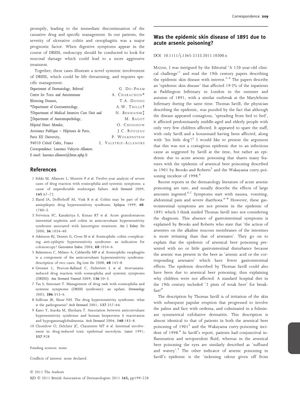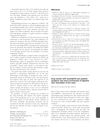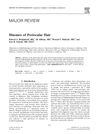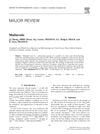Was the Epidemic Skin Disease of 1891 Due to Acute Arsenic Poisoning?
May 2011
in “
British Journal of Dermatology
”

TLDR The 1891 epidemic skin disease was likely caused by arsenic poisoning, possibly from beer or fish.
In 1891, an epidemic skin disease affected 19.2% of inpatients at Paddington Infirmary in London, originally thought to be contagious by physician Thomas Savill. However, N. Tomson's reevaluation presented in the document suggests that the symptoms, including skin irritation, papular eruption, exfoliative dermatitis, conjunctival inflammation, a sickening odor from the skin, yellowish-brown skin coloration, nail shedding, alopecia, and proteinuria, align more closely with acute arsenic poisoning. The absence of gastrointestinal symptoms, which confused the original diagnosis, is attributed to the less irritating form of arsenic present. The document proposes that the source of arsenic could have been beer or fish from the hospital's diet, noting that children, who did not drink beer, were not affected. The lack of fever and unsuccessful disease reproduction in animal models also support the non-infectious cause. Tomson concludes that the epidemic was likely due to arsenic poisoning, potentially from contaminated beer or fish.




